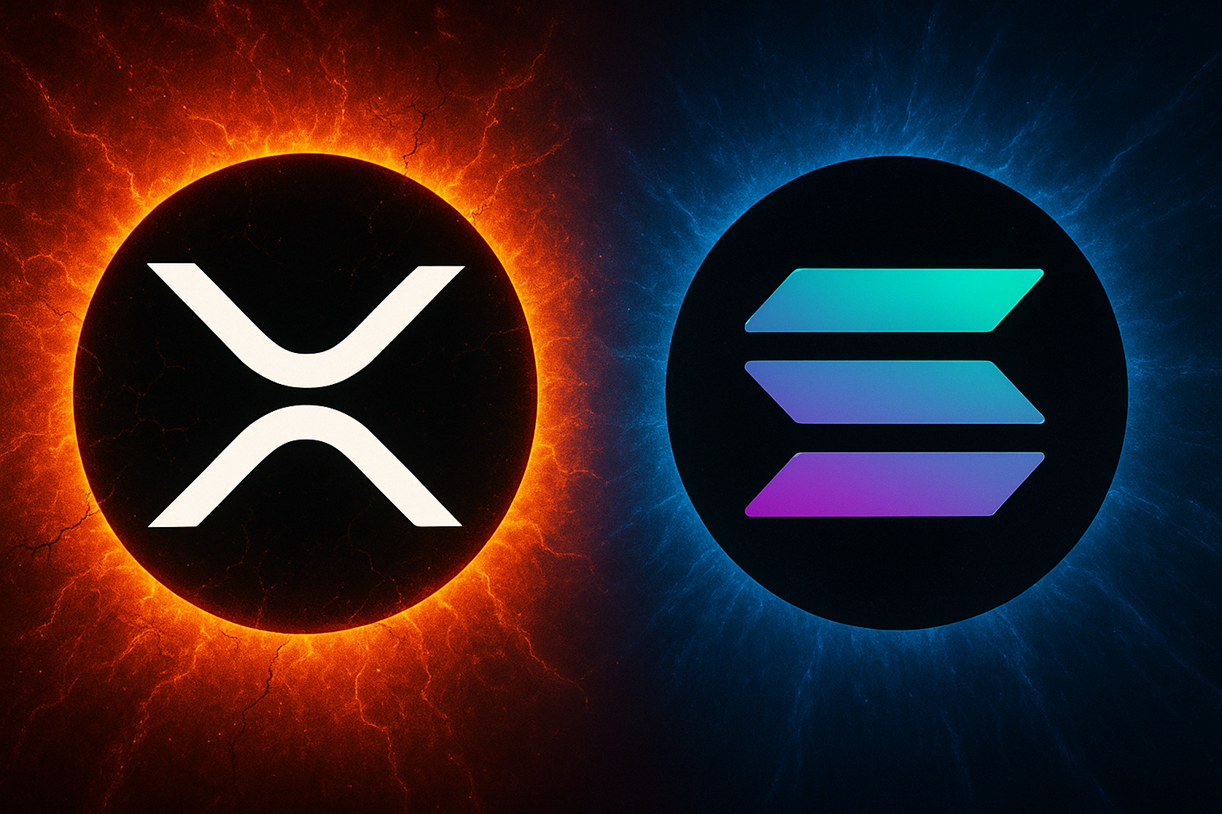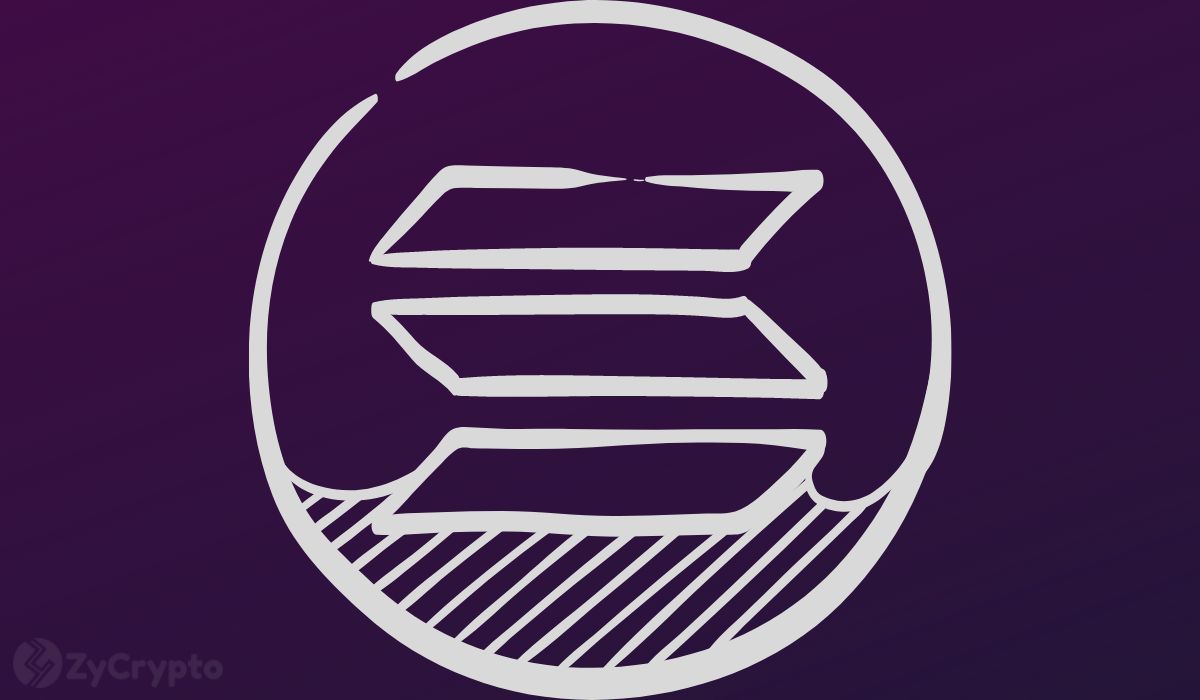In the fast-paced world of cryptocurrency, staying ahead of the curve is crucial. As digital finance continues to evolve, the most promising projects are those that not only address current pain points but also pave the way for future innovations. Among these, Qubetics, Internet Computer Protocol (ICP), and Polkadot (DOT) stand out as key players. But which one is truly poised to dominate the blockchain space in the coming years?
Qubetics has already captured the attention of crypto enthusiasts, with its presale in full swing. The project has already surpassed 19,300 token holders and raised over $12.4 million in its 21st presale stage, offering a glimpse into its potential for massive growth. Meanwhile, Internet Computer Protocol (ICP) is positioning itself as the next iteration of the internet, replacing traditional cloud services with blockchain. Polkadot (DOT), on the other hand, is tackling blockchain interoperability, ensuring seamless communication between various chains, a critical factor as the blockchain ecosystem expands.
In this article, we will dive deep into these three projects, evaluating their current offerings, potential for growth, and real-world applications. We’ll also explore how Qubetics, with its innovative solutions, is set to address challenges that other blockchain projects have yet to tackle. So, buckle up as we examine the best cryptos for the future, and see how Qubetics, ICP, and Polkadot stack up.
Qubetics: The Future of Blockchain Transactions
Qubetics is revolutionizing the way we approach digital finance, with a special focus on cross-border transactions. The blockchain project aims to streamline international payments, making it faster, cheaper, and more secure for individuals, businesses, and professionals. In a world where global commerce is the norm, the need for efficient cross-border transactions has never been more pressing. With Qubetics, the solution seems within reach.
Cross-Border Transactions: Solving Real-World Problems
When it comes to cross-border transactions, the traditional financial system is filled with obstacles. High fees, slow processing times, and complex regulations often create headaches for individuals and businesses trying to send money across borders. Take a small business in the U.S. that imports goods from China. Every time they need to make a payment, they must go through a series of banks, each adding their own fees and delays to the process. Not to mention, exchange rates fluctuate, making it difficult to know exactly how much you’ll be paying in the end.
This is where Qubetics comes in. With its blockchain technology, Qubetics eliminates the middlemen and enables direct, peer-to-peer cross-border transactions. Imagine sending a payment to a supplier in Europe without worrying about international bank fees or delays. Qubetics uses its native $TICS token to facilitate seamless transactions, cutting out the friction associated with traditional financial systems.
Take the case of an entrepreneur in Canada who needs to pay a freelancer in Brazil. With Qubetics, the process would be as simple as sending an email. The transaction would be processed instantly, with both parties knowing exactly how much is being exchanged, all without the typical delays or added costs. Whether it’s for personal use or business, Qubetics is setting the stage for a future where cross-border payments are hassle-free.
The Qubetics presale has been a massive success, with over 469 million tokens sold to more than 19,300 holders. In the 21st stage, the price of $TICS tokens is set at $0.0733, but experts predict that the token could see a significant surge once the best crypto presale ends. Analysts are projecting that $TICS could reach $0.25, providing a 240% ROI by the end of the presale. After the presale, the price could skyrocket to $1, offering an impressive 1,262% ROI. Some even speculate that $TICS could reach as high as $15 post-mainnet launch, which would represent a jaw-dropping 20,338% ROI.
Qubetics isn’t just about speculative gains; it’s about solving real problems. Its focus on cross-border transactions, combined with the increasing demand for faster, more secure payment systems, positions it as one of the best cryptos for the future. With its presale already drawing massive interest, now is the perfect time to get involved before the price takes off.
Internet Computer Protocol (ICP): A Decentralized Future for the Web
Internet Computer Protocol (ICP) is taking blockchain technology to the next level. While most blockchain projects focus on payments or financial services, ICP’s vision is far more ambitious—it aims to replace traditional cloud services and servers with decentralized alternatives powered by blockchain.
ICP is building a fully decentralized internet, where developers can host websites, build decentralized applications (dApps), and run smart contracts all without relying on centralized cloud providers like Amazon Web Services (AWS) or Microsoft Azure. This could significantly disrupt the current cloud computing model, offering a more secure and scalable alternative.
ICP’s ability to scale and offer high-speed processing at low costs makes it a powerful contender in the blockchain space. Imagine a world where your personal data isn’t stored on a centralized server but on a decentralized blockchain, where you have full control over your information. ICP’s decentralized cloud infrastructure could bring this vision to life.
With its ambitious plans to scale quickly and efficiently, ICP has the potential to revolutionize industries ranging from gaming to finance to healthcare. However, it’s not without competition. Established blockchain platforms like Ethereum and Solana have already made a name for themselves, particularly in the decentralized finance (DeFi) and dApp space. ICP will need to continue innovating and gaining adoption to realize its full potential.
Polkadot (DOT): Bridging the Blockchain Divide
Polkadot (DOT) is all about interoperability. In the ever-expanding world of blockchain, one of the biggest challenges is ensuring that different blockchain networks can communicate with each other. Polkadot solves this problem by allowing multiple blockchains to transfer data and value seamlessly, creating a unified ecosystem.
Polkadot is preparing for a significant upgrade that will increase transaction speeds and introduce Ethereum Virtual Machine (EVM) compatibility. This upgrade is expected to attract even more developers to the Polkadot ecosystem, driving further innovation and adoption. As blockchain technology becomes more widespread, projects like Polkadot that prioritize interoperability will play a crucial role in enabling cross-chain communication.
Polkadot’s unique approach, which allows different blockchains to communicate with one another, positions it as a key player in the future of decentralized finance and beyond. With the upcoming upgrades, Polkadot could become even more attractive to developers and users, further solidifying its place as one of the best cryptos for the future.
Cross-Border Transactions in Blockchain: The Backbone of Digital Finance
Cross-border transactions are at the heart of global commerce, and blockchain technology is poised to make them faster, cheaper, and more secure. In traditional finance, cross-border payments are riddled with delays, high fees, and complex regulations. Blockchain, with its decentralized and peer-to-peer nature, offers a solution that can streamline this process, making global transactions as easy as sending a text.
The importance of cross-border transactions cannot be overstated. In a globalized economy, businesses and individuals need to send and receive payments across borders without worrying about exorbitant fees or long wait times. Blockchain technology, through projects like Qubetics, is making this possible by providing a decentralized, frictionless alternative to traditional financial systems.
Conclusion: Why Qubetics is One of the Best Cryptos for the Future
As the world of cryptocurrency continues to evolve, projects like Qubetics, Internet Computer Protocol, and Polkadot are leading the charge toward a decentralized future. While ICP and Polkadot are focused on scaling and interoperability, Qubetics stands out for its ability to tackle one of the most significant challenges in blockchain today: cross-border transactions. With a presale that’s already raised over $12.4 million, Qubetics is positioned to revolutionize global finance.
If you’re looking to invest in the best cryptos for the future, Qubetics is an exciting opportunity that promises not only strong returns but also real-world applications that can transform the way we do business globally. Don’t miss out on this game-changing project—secure your $TICS tokens today before they take off.
For More Information:
Qubetics: https://qubetics.com
Telegram: https://t.me/qubetics
Twitter: https://x.com/qubetics
FAQs
-
What makes Qubetics one of the best cryptos for the future?
Qubetics is revolutionizing cross-border transactions, making them faster, cheaper, and more secure. With its presale success and innovative blockchain solutions, it is a top contender for the future of digital finance.
-
How does Internet Computer Protocol (ICP) impact the future of the internet?
ICP aims to decentralize the internet by replacing traditional cloud services with blockchain technology. This shift could significantly enhance security, scalability, and data control for users.
-
What is Polkadot’s role in blockchain interoperability?
Polkadot enables different blockchains to communicate with each other, which is crucial as the blockchain ecosystem continues to grow. Its upcoming upgrades will make it even more attractive for developers.
-
What is the expected ROI for Qubetics investors?
With $TICS tokens currently priced at $0.0733, analysts predict a potential ROI of up to 20,338% after the mainnet launch. The presale offers a chance to get in early at a low price before the token’s value skyrockets.
-
How do cross-border transactions work on blockchain platforms?
Blockchain allows for direct peer-to-peer transactions without the need for intermediaries like banks. This results in faster processing times, lower fees, and greater transparency for global payments.














